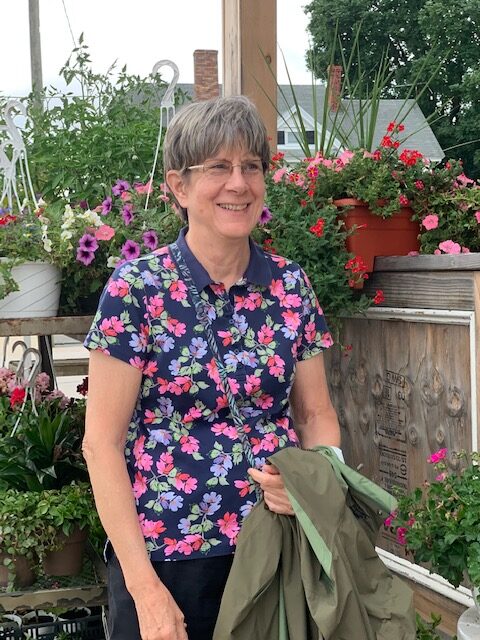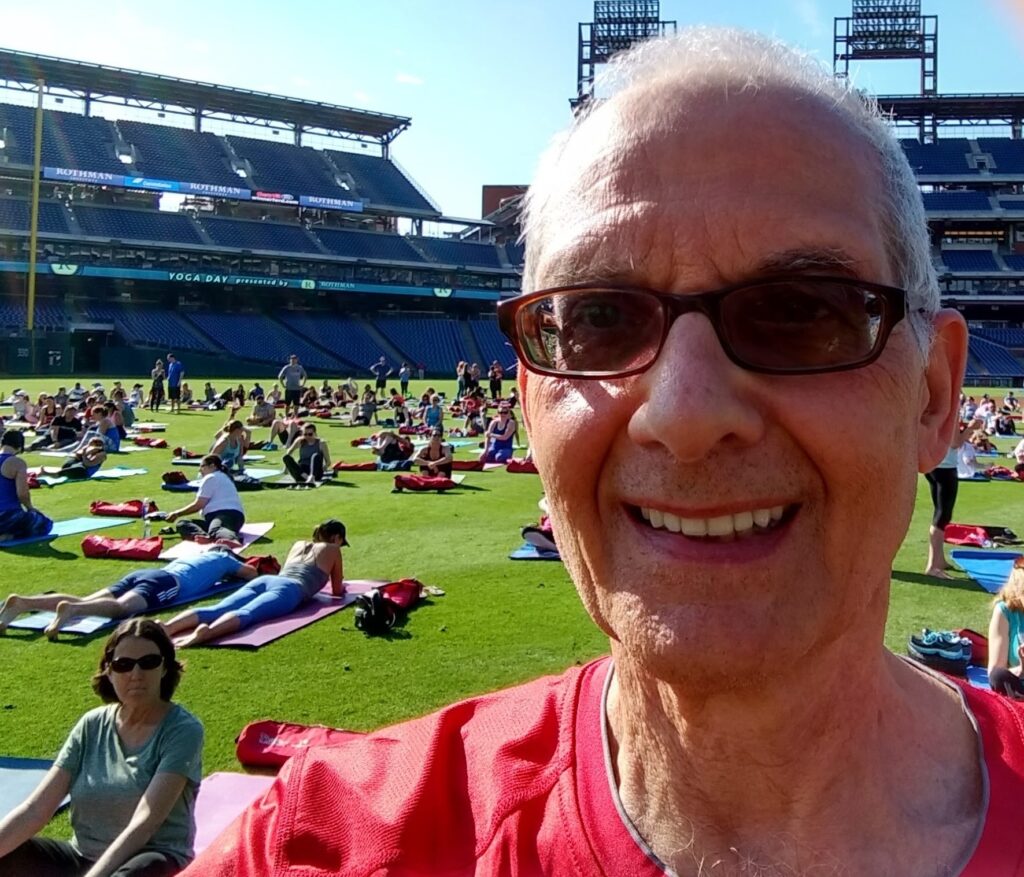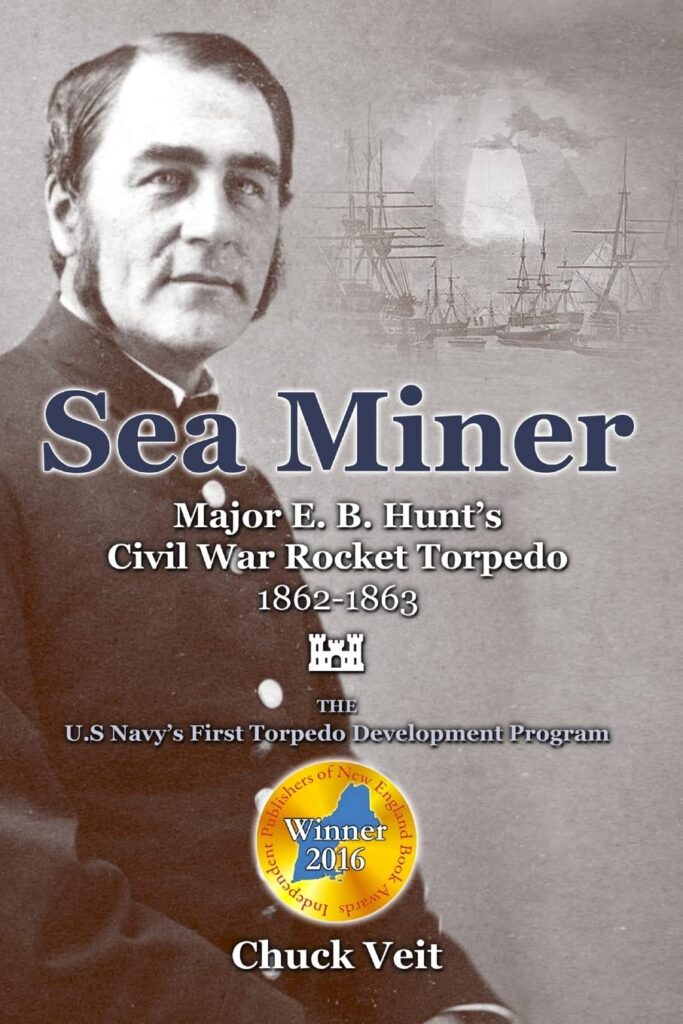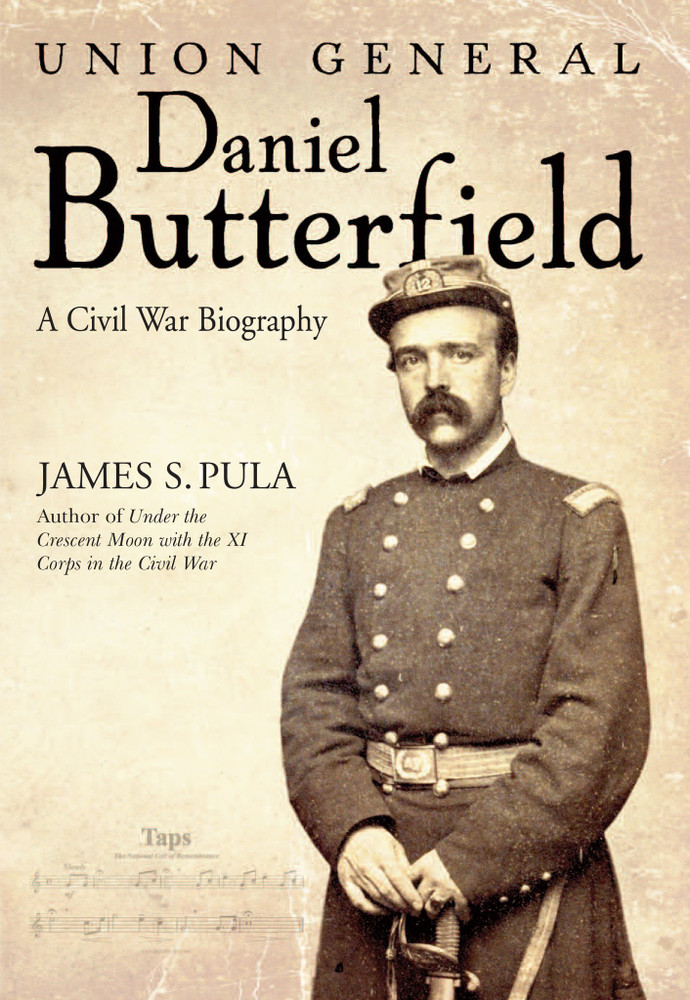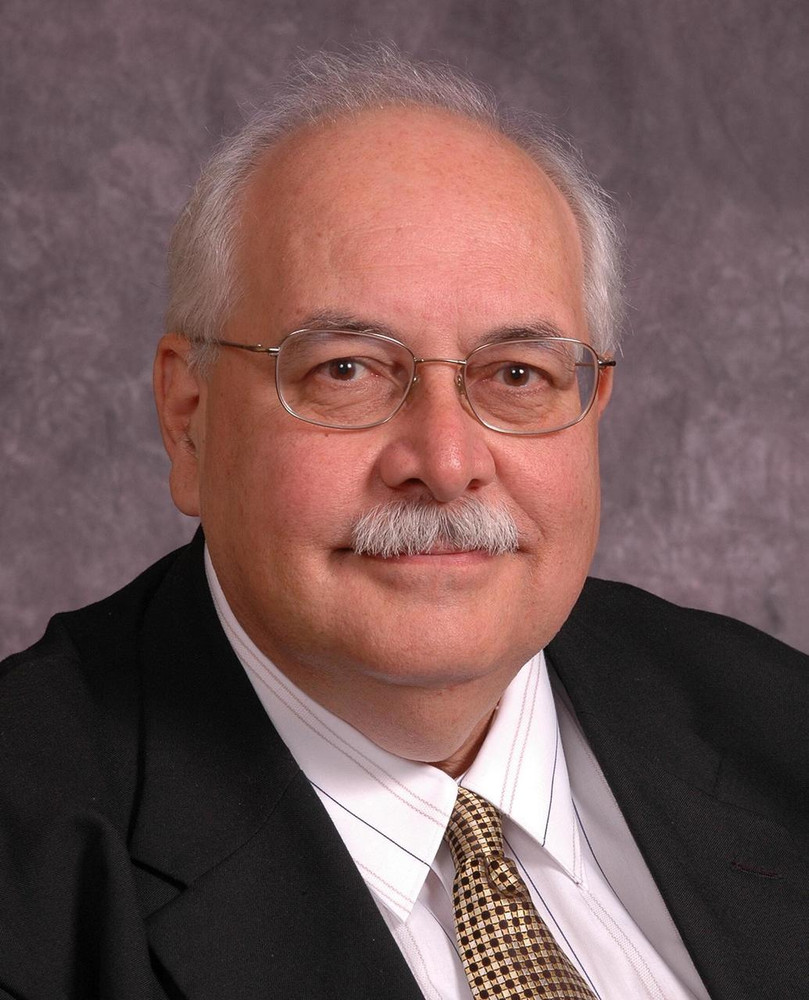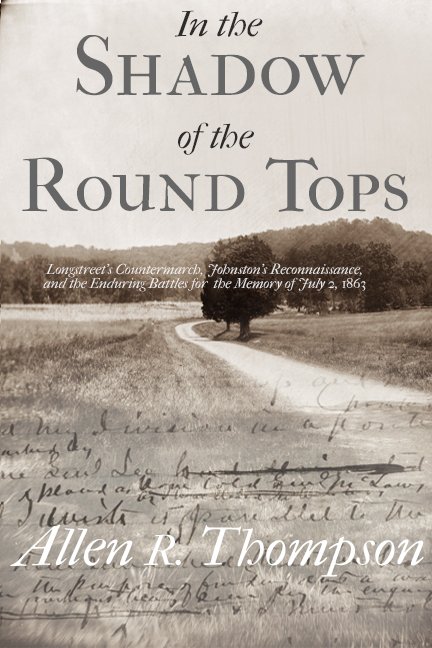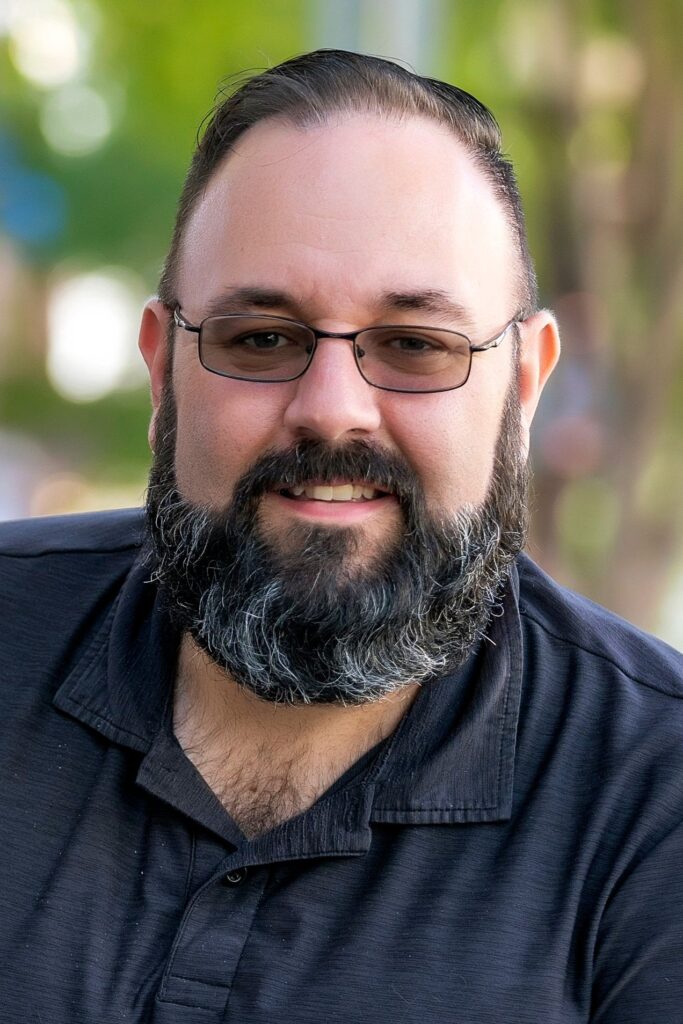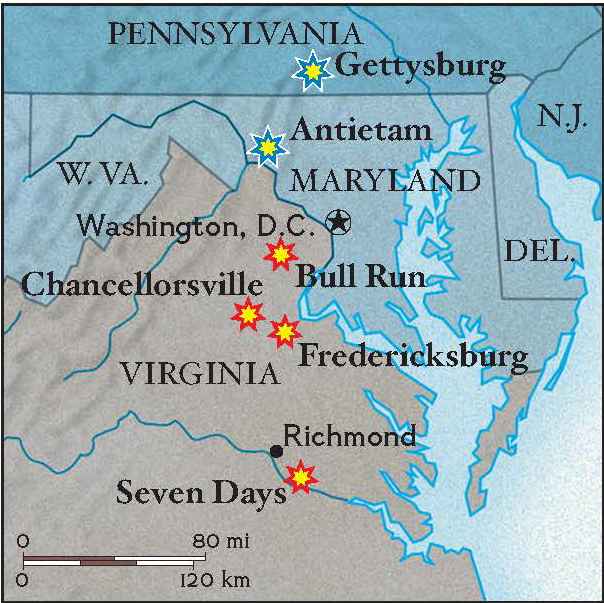Kathy Clark often wonders what life was like for women in the American Civil War. The females, white and black, who had a deep devotion to family and community and who stepped forward to risk their lives to do good. One of those selfless women who Kathy admires is Harriet Tubman, the “She-Moses.”
Tubman was enslaved, escaped, and helped others realize freedom on the Underground Railroad. The abolitionist and social justice activist is documented to have rescued at least 70 people during 13 trips to her native Maryland, and instructed dozens of others on how to escape on their own. “Harriet Tubman was an exceptional person with courage. Just to get people out of the south she put her life on the line. She could have been easily caught. She gave up everything for herself to help black men, women and children. She was on a Liberty ship to help liberate enslaved people from plantation homes. And then at the end she cared for black people in her house in Auburn, NY.”
In addition to her interest in women in the Civil War, Kathy is intrigued by the hospitals of the era, and also Walt Whitman and Clara Barton, both self-taught nurses. She is a member of the Society for Women and the Civil War, and has been vice president of Old Baldy CWRT for six years, a member for nine.
Born in 1947 in East Camden, New Jersey, Kathy thought she would work as a secretary when she grew up. “There were not a lot of jobs open to women then.” What she really wanted to do was become an artist, perhaps illustration or fashion design. In her junior year of high school – with her father’s support – she attended weekend classes at Moore College of Art and Design in Philadelphia and soon came to like acrylic painting (still enjoys it.) But then her father died, and Kathy made the decision to go college and study elementary education. She graduated in 1969 from Temple University. “I did it for him. I thought he would be extremely proud of me graduating from college.”
In 1972 Kathy moved to Mount Laurel, New Jersey with her husband Bill. After seven years teaching second-graders in Maple Shade Township, Kathy decided to leave the classroom. She would work from home helping Bill with his residential and commercial security business.
(Sadly, Bill died in 2007. They were married for 38 years.)
Kathy fills her daily life with counted cross-stitch and reading mystery and history books. She writes articles and reviews of Old Baldy meeting presentations for our newsletter. For the 2018 Civil War Navy Symposium on board the Battleship New Jersey, Kathy was responsible for
soliciting donations from businesses and organizations for the raffle auction. She takes photos at Old Baldy events, which means we have no photos of her!
Kathy found Old Baldy through continuing education classes at The Center at Camden County College. She was in a Civil War class and picked up information on Old Baldy. Rich Jankowski happened to be there and encouraged her to attend a meeting. She did, and Old Baldy CWRT is all the better for it.
She became interested in the Civil War after taking American History in college. Once the history bug bit, Kathy and Bill visited historic Gettysburg and later went on steamboat trips to Vicksburg and Shiloh. At that time there were Civil War lectures on the trips. She also has followed the escape trail of President Abraham Lincoln’s assassin John Wilkes Booth, starting at Ford’s Theatre in Washington, D.C. and ending at the Garrett farm in Bowling Green, Virginia. “Booth is not my favorite person. His southern views were way off.”
With a strong wanderlust, Kathy took to traveling all over the world, including a solo New York to Southampton, England trip in October 2008. The QE2, in tandem with the QM2, was making its final transatlantic voyage before retiring to Dubai. Why go solo? Her traveling companion discovered at the last minute that her passport was somewhere other than her purse.
Profile written by Kim Weaver

